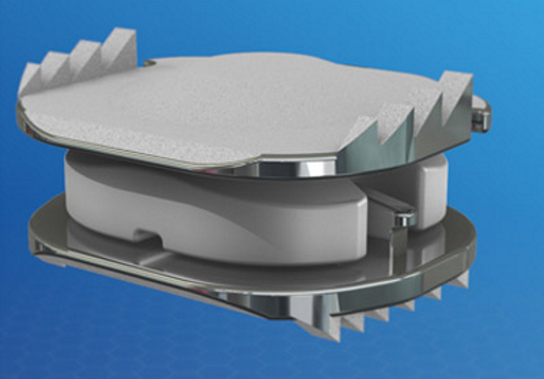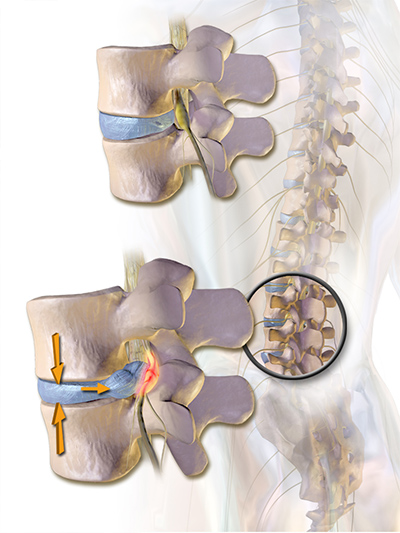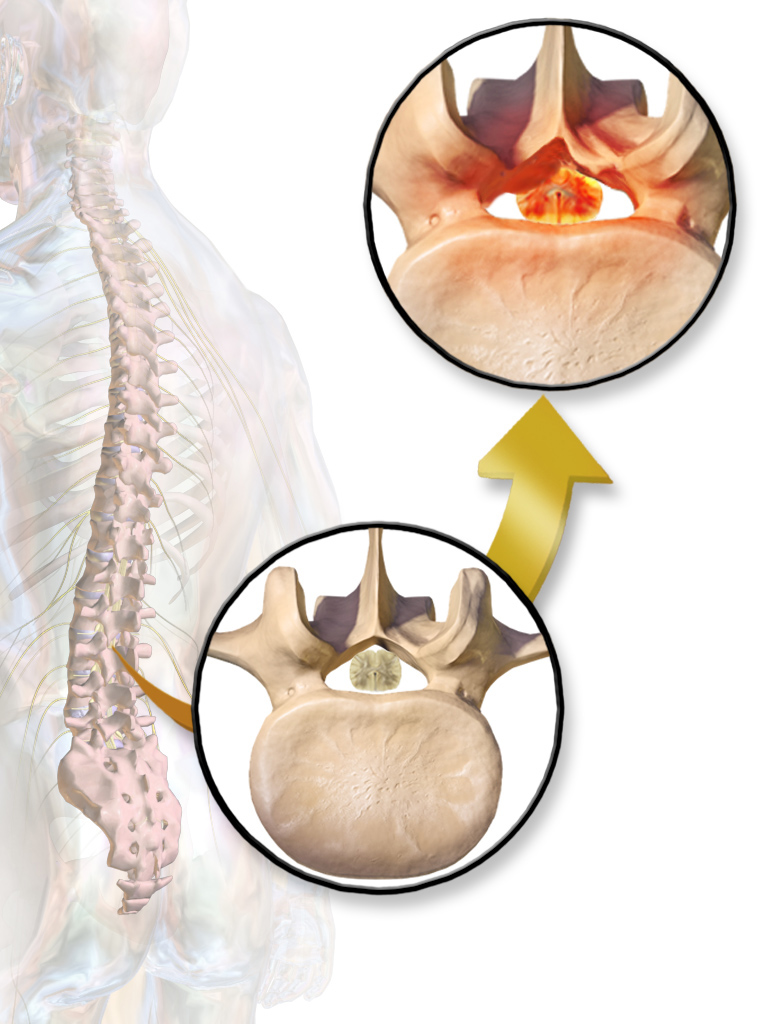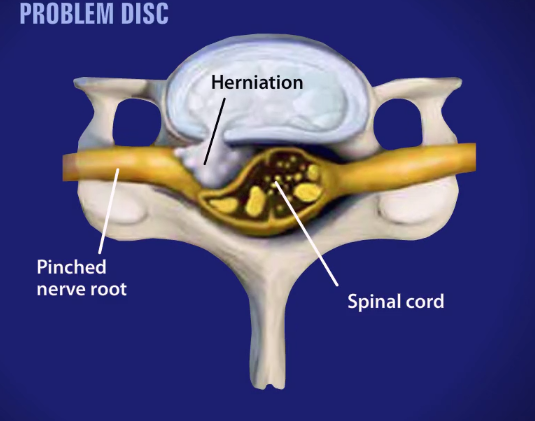Cervical Posterior Foraminotomy
Overview:
For cases where Stenosis has already begun, we may recommend a Cervical Posterior Foraminotomy over an artifical disc as it is necessary to remove the bone growth in order to take pressure off of spinal nerves. This surgery removes bone and/or portions of a herniated or diseased disc to relieve neck and radiating arm pain caused by parts of the disc pressing on nerve roots. The video below gives a detailed overview of the procedure.
Recovery:
This was one of the early approaches to the spine. With the advent of anterior cervical discectomy, fusion and, later, plating it was not commonly used.
The reasons for this had to do with positioning for surgery and accurate localization. I am unique in using the lateral position for these procedures. This allows accurate localization and diminished soft tissue dissection.
Generally this helps reduce the amount of postoperative discomfort patients experience allowing most patients to be done as an outpatient. Obviously, there is a period of time immediately after the surgery were neck range of motion appears reduced, because of the spasm associated with the surgery. However, after adequate healing, neck range of motion is restored through exercise.
Patients do not lose range of motion through this procedure. Multiple levels can be addressed at the same time, again without any restriction of range of motion that might be experienced with multiple levels of fusion anteriorly.





